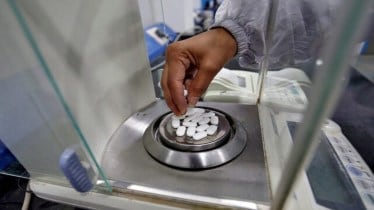A weak response to the scheme launched in March for upgrading the pharmaceutical manufacturing facilities to global standards has forced the government to tweak the incentives. The modifications in the Revamped Pharmaceutical Technology Upgradation Assistance Scheme (RPTUAS) have come at a time when just seven applications have been approved under the scheme till August 2024 – which is far short of the target (150) for the full year.
Under the modified scheme, the department of pharmaceuticals (DoP) will provide incentive of up to Rs 2 crore, up from Rs 1 crore earlier. Additionally, expenditure incurred on the “production equipment”, a new category, is being added to the previous list of six items, for computation of subsidy amounts. Besides, the DoP has increased the amount to be released across two instalments to the scheme participants.
“The industry participation was low because the companies have been facing challenges. Even though funds are available, companies are not able to tap them because there were certain gaps. We had submitted requests with DoP, and most of our recommendations have been accepted,” said Viranchi Shah, national president of Indian Drugs Manufacturers Association (IDMA).
RPLTUAS’ primary motive is to facilitate pharma companies to upgrade their facilities to the Revised Schedule M and WHO-GMP (good manufacturing practices) standards. The scheme, which is intended to benefit pharma manufacturing units in the medium, small and micro enterprises categories with turnover of less than Rs 500 crore, is expected to support 300 units at the moment – 150 units for each FY25 and FY26 – at a total outlay of Rs 300 crore.
In August, the minister of chemicals and fertilisers J.P. Nadda told parliament that the application window for the scheme had opened in April 2024 and over 100 applications were received. As per some estimates, around 2,000 out of 10,500 drug manufacturing units in India have GMP certification. Some industry associations have recently raised concerns over implementing the GMP norms because of the lack of resources to adopt them.
